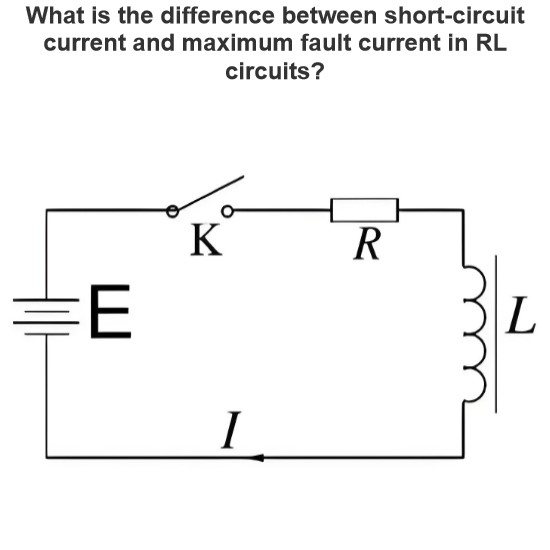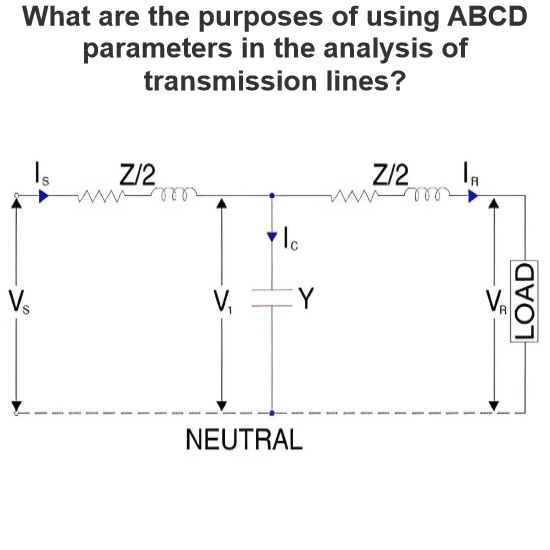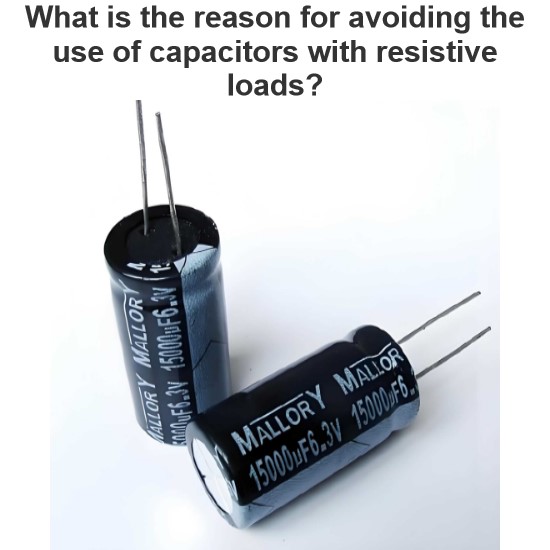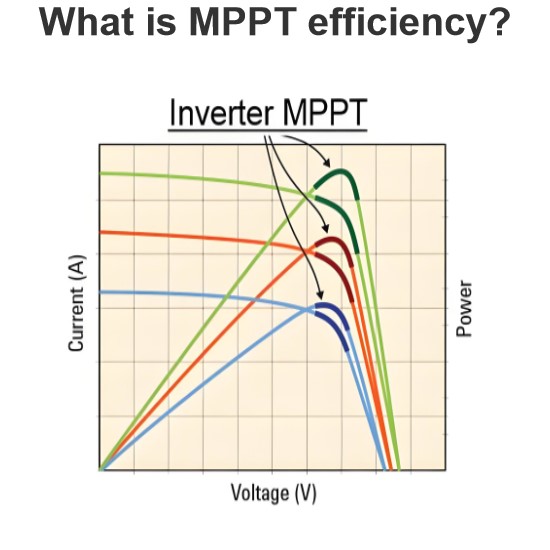Why are charges accumulated in the sharpen region of a conductor?
The phenomenon of charges accumulating in sharp regions of a conductor can be explained using several fundamental principles of electrostatics. Here is a detailed explanation:
1. Relationship Between Electric Field Strength and Curvature Radius
On the surface of a conductor, electric field lines must be perpendicular to the surface. This means that at any point on the conductor's surface, the electric field strength
E is inversely proportional to the curvature radius
R. Mathematically, this can be expressed as:
E∝ 1/R
In sharp regions, the curvature radius
R is small, so the electric field strength
E is large. Conversely, in flat or smooth regions, the curvature radius
R is large, and the electric field strength E is small.
2. Relationship Between Charge Density and Electric Field Strength
According to Gauss's law, the charge density σ on the surface of a conductor is directly proportional to the electric field strength
E:σ∝E
Since the electric field strength is greater in sharp regions, the charge density in these areas is also higher. This means that more charges accumulate in sharp regions.
3. Minimization of Potential Energy
The electric field inside a conductor is zero, so the potential on the surface of the conductor is uniform. To achieve this state, charges redistribute on the surface of the conductor to minimize the overall potential energy of the system. In sharp regions, charges tend to concentrate because the strong electric field in these areas effectively repels other charges, thereby reducing the system's potential energy.
4. Distribution of Electric Field Lines
On the surface of a conductor, electric field lines must be perpendicular to the surface. In sharp regions, where the curvature radius is small, the electric field lines are more concentrated, which further leads to the accumulation of charges. In contrast, in flat or smooth regions, the electric field lines are more spread out, resulting in lower charge density.
5. Practical Example: Corona Discharge
Corona discharge is a typical example of charge accumulation in sharp regions. When the sharp part of a conductor accumulates enough charge, the electric field strength becomes very high, sufficient to ionize the surrounding air molecules, leading to corona discharge or spark discharge. This phenomenon is common in high-voltage transmission lines, lightning rods, and other similar devices.
Summary
The reasons why charges accumulate in sharp regions of a conductor include:
Electric field strength is inversely proportional to curvature radius: In sharp regions, the curvature radius is small, and the electric field strength is high.
Charge density is directly proportional to electric field strength: Regions with high electric field strength have high charge density.
Minimization of potential energy: Charges tend to concentrate in sharp regions to minimize the overall potential energy of the system.
Distribution of electric field lines: Electric field lines are more concentrated in sharp regions, leading to charge accumulation.
These principles work together to cause charges to accumulate in the sharp regions of a conductor, resulting in the observed phenomenon.
The Electricity Encyclopedia is dedicated to accelerating the dissemination and application of electricity knowledge and adding impetus to the development and innovation of the electricity industry.




